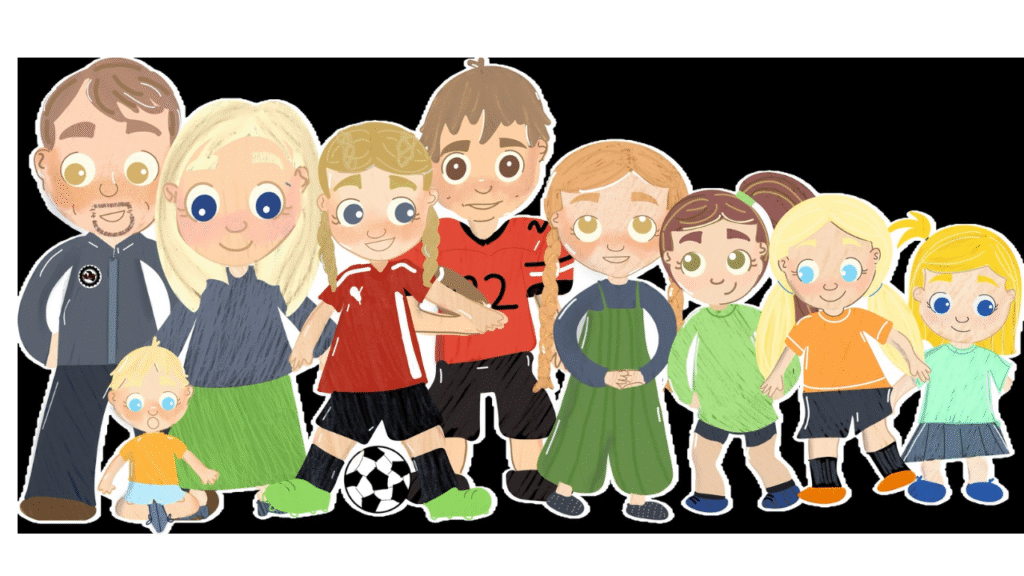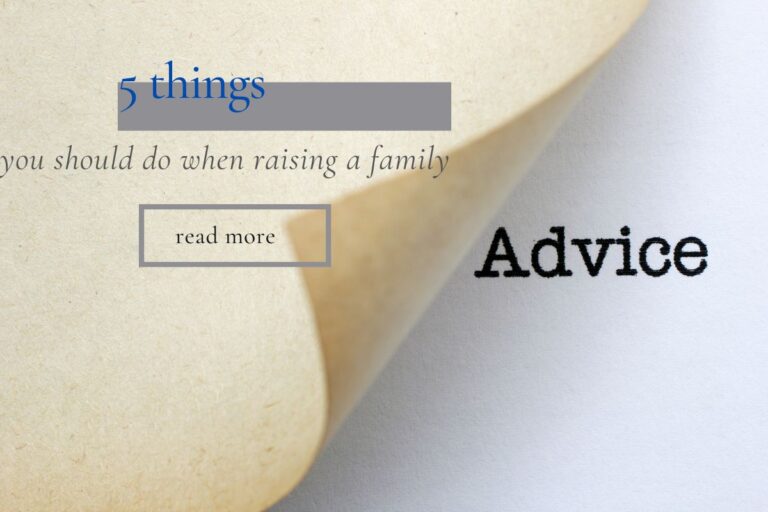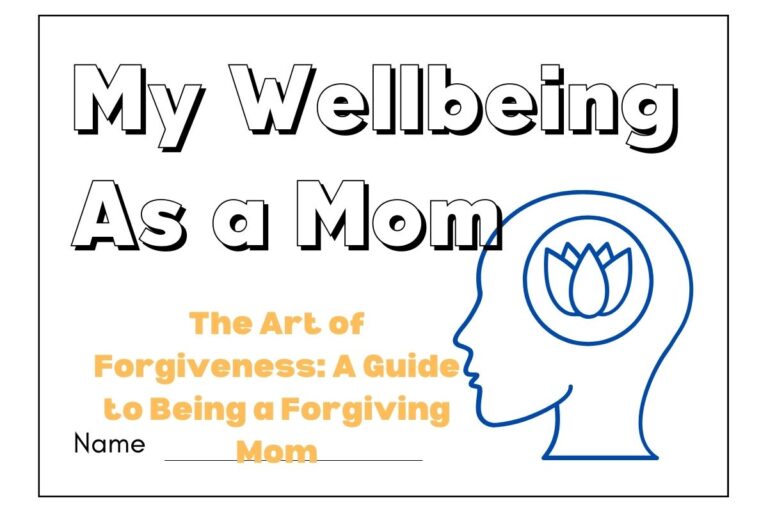How to Create a Safe Home Environment for Kids: Positive Parenting with Faith, Hope, and Patience




Discover how to create a safe home environment for kids with positive parenting, faith, hope, and patience. Learn to set clear rules, communicate openly, and model accountability so your family can grow together.
As moms, we all want to build a safe home environment for our kids a place where they feel protected, valued, and deeply loved. Safety goes far beyond baby gates and outlet covers. Emotional safety is just as critical, and it begins with positive parenting, faith, hope, and patience.
Lead by Example with Faith and Hope
One of the best ways to make your home safe for children is to lead by example. If you expect your kids to behave with respect and honesty, be willing to model that behavior yourself. Keep faith in your family’s ability to learn and grow, and hold hope that things can improve, even after hard moments. These values help your children feel secure and confident.
Acknowledge Mistakes and Model Patience
As parents, we all make mistakes. You might yell, act passive-aggressively, or react out of frustration. It’s essential to recognize these slip-ups and own them. Apologize to your child, explain why it was wrong, and try again with patience and love. Patience is a cornerstone of a safe home environment, helping kids see that everyone deserves another chance to grow.
Set Clear Rules and Consistent Consequences
Kids thrive when they know what is acceptable and what isn’t. Create clear, fair rules and explain the consistent consequences of breaking them. When children understand expectations, they feel safe and supported. It is just as important to let them know that making mistakes is normal and they can always try again. Encourage them to set goals, learn from their mistakes, and keep moving forward.
Keep Love at the Center
Love must always come first. No one in your family is the problem, problems are things to solve together. Retaliation, giving the silent treatment, or holding grudges damages emotional safety. Instead, use faith and hope to see that every family challenge can be overcome with teamwork and understanding.
Open Communication Is Key

Strong, open communication is vital in a safe home. Encourage your children to share their feelings honestly, and practice active listening. When everyone feels heard and respected, healing and growth can happen.
Focus on Progress, Not Perfection
As Brené Brown reminds us, improvement matters more than perfection. A safe home is a work in progress. There will be mistakes, setbacks, and tough days — but with faith, hope, patience, and a willingness to learn, your family can move forward together. Always recognize your impact, talk about what went wrong, and try again with a fresh heart.
Final Thoughts on Creating a Safe Home for Kids
A truly safe home environment for kids weaves together emotional safety, practical parenting, and strong family values like faith, hope, and patience. By keeping love at the center, setting clear rules, and giving everyone the space to learn and grow, you’ll create a family culture where your kids can thrive.

